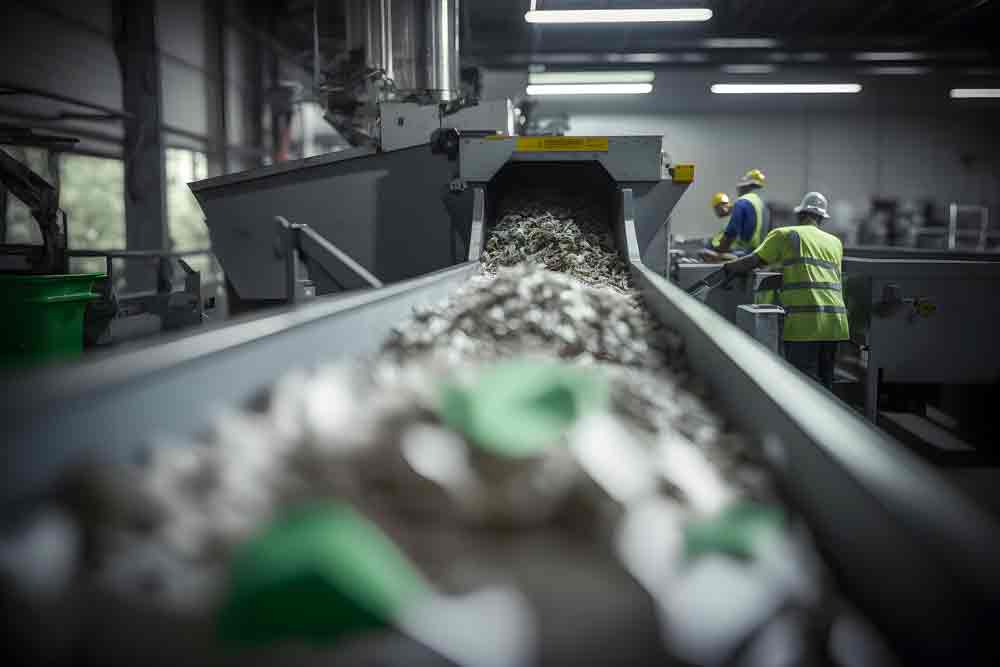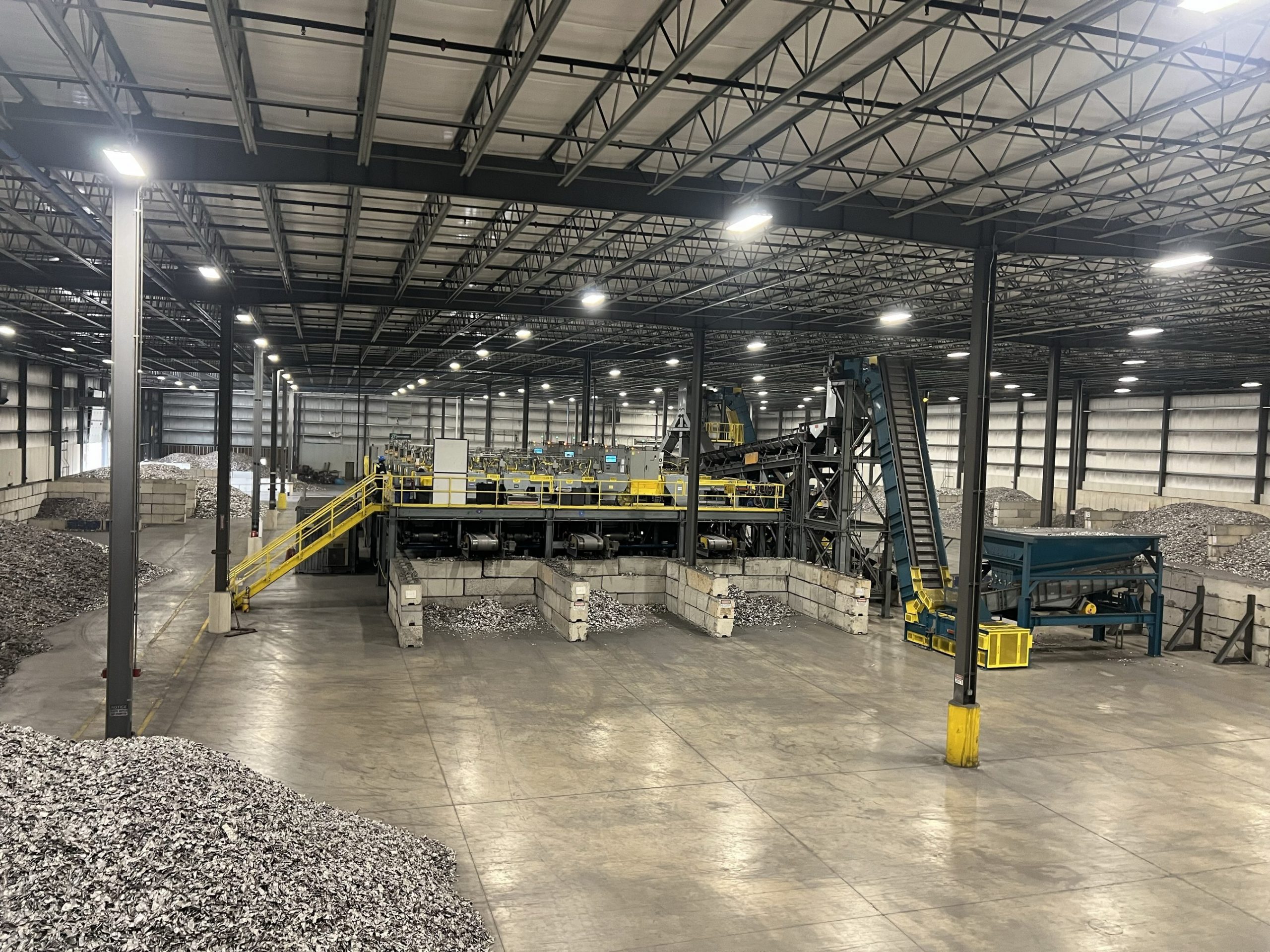
Aluminum recycling, indeed, drives a sustainable metal industry because it significantly reduces carbon emissions and conserves vital resources. In addition, understanding aluminum forms and scrap types is essential for efficient recycling processes. Specifically, aluminum exists primarily as cast and wrought, while scrap is categorized into postproduction and postconsumer types. Moreover, this fundamental knowledge is crucial in order to develop effective recycling strategies.
Maximizing Recycling Efficiency: Consequently, Technological Innovation and Process Optimization
For example, effective removal and sorting of contaminants from scrap are vital in the recycling process. X-ray transmission (XRT) and AI-based sorting technologies, undoubtedly, enhance recycling efficiency. In particular, technologies like Tomra’s Autosort Pulse achieve purity levels above 95%, thus enabling high-quality recycled aluminum production. Furthermore, accurate identification of scrap sources and compositions, coupled with tailored cleaning techniques, contribute to reduced energy consumption and improved recycled aluminum quality. Hence, these innovations are transformative.
Market Trends and Sustainable Future Outlook: As a result, A Circular Economy
The demand for recycled aluminum is rising in the automotive and construction sectors, primarily driven by the pursuit of lightweight and sustainable materials. Accordingly, this market trend highlights aluminum’s critical role in leading the circular economy and achieving carbon neutrality goals. Ultimately, the future of the aluminum industry hinges on innovative sorting technologies and process improvements to replace primary raw materials, thereby building a sustainable industry.











Leave a Reply
You must be logged in to post a comment.